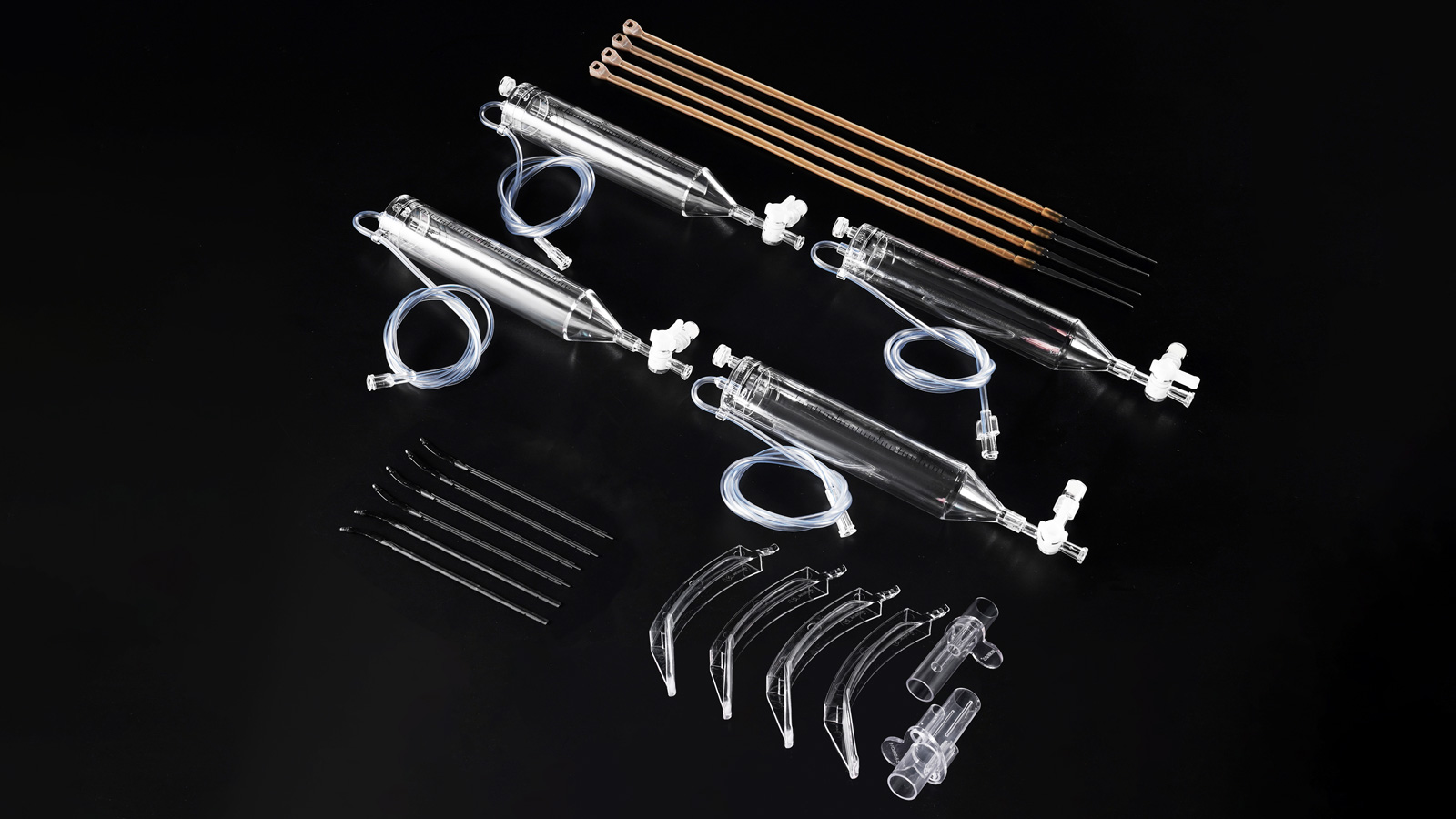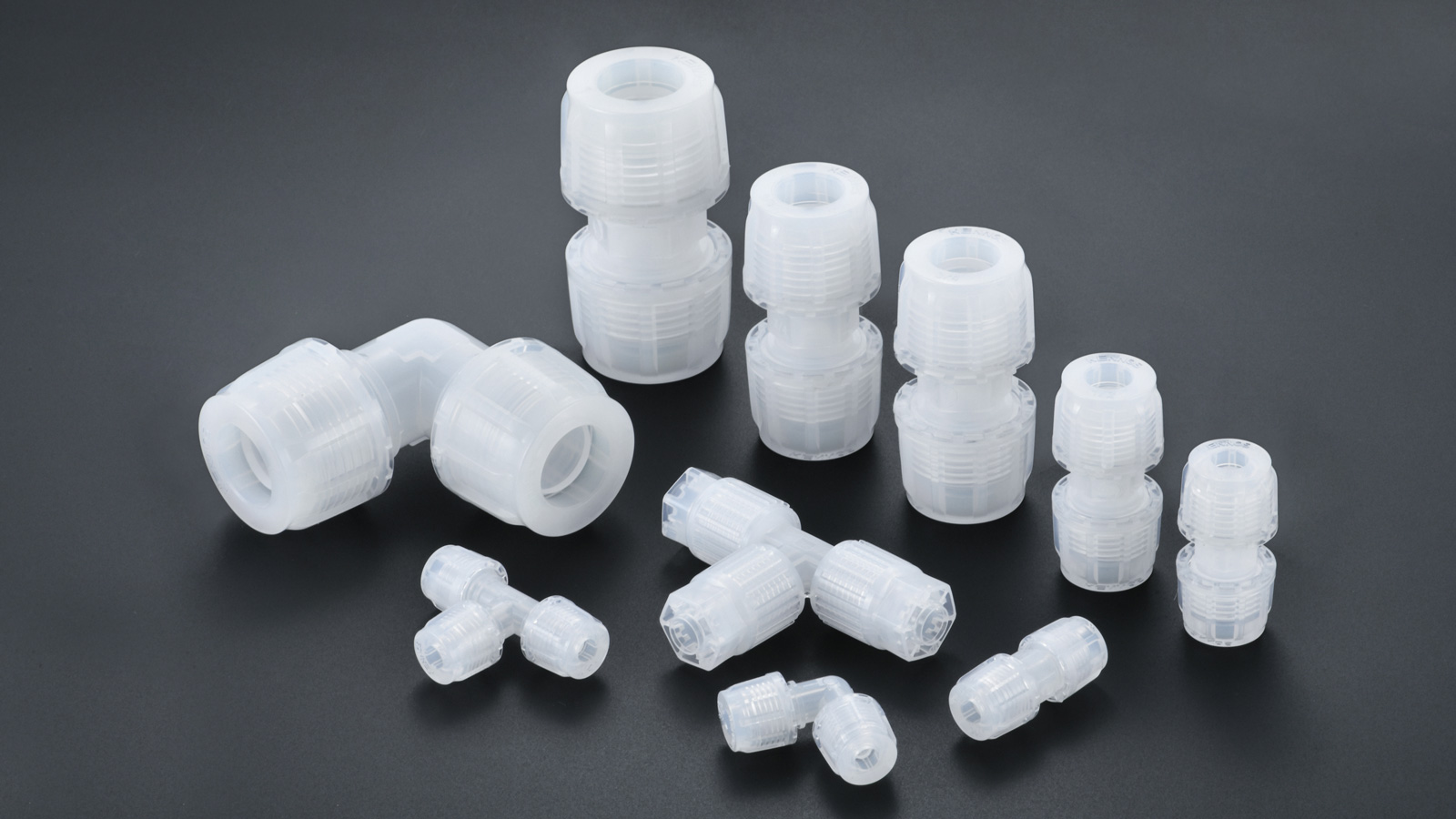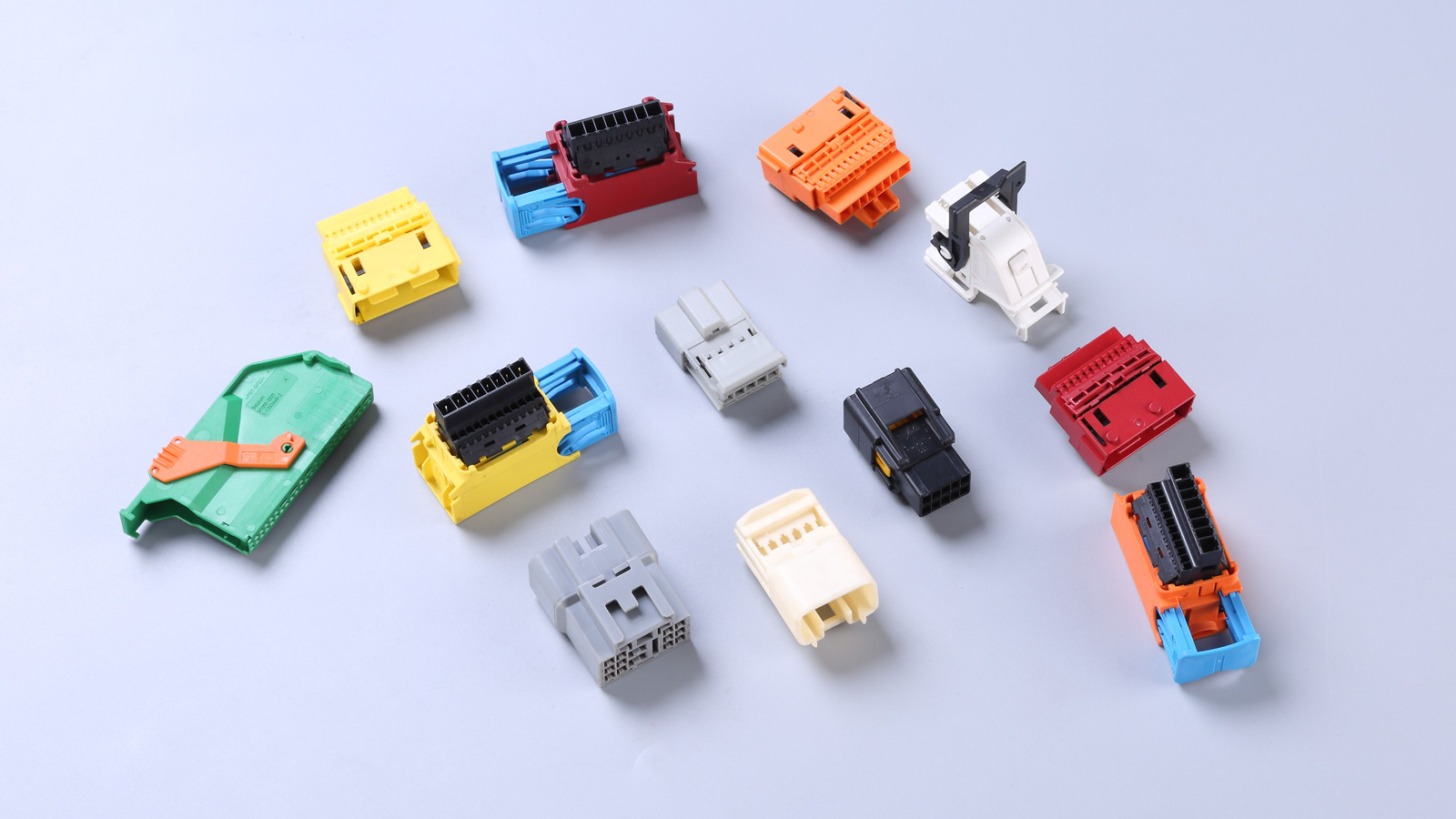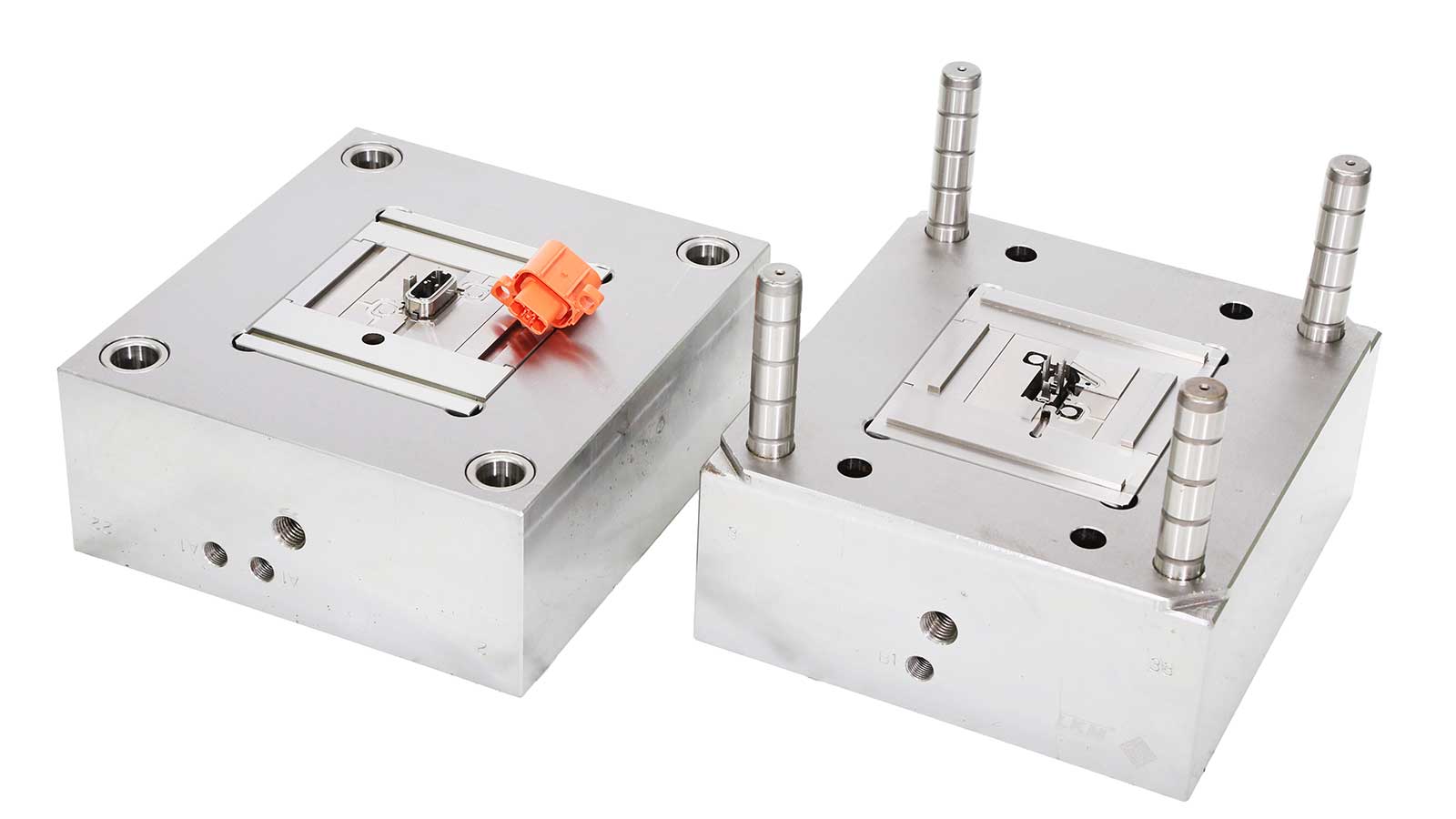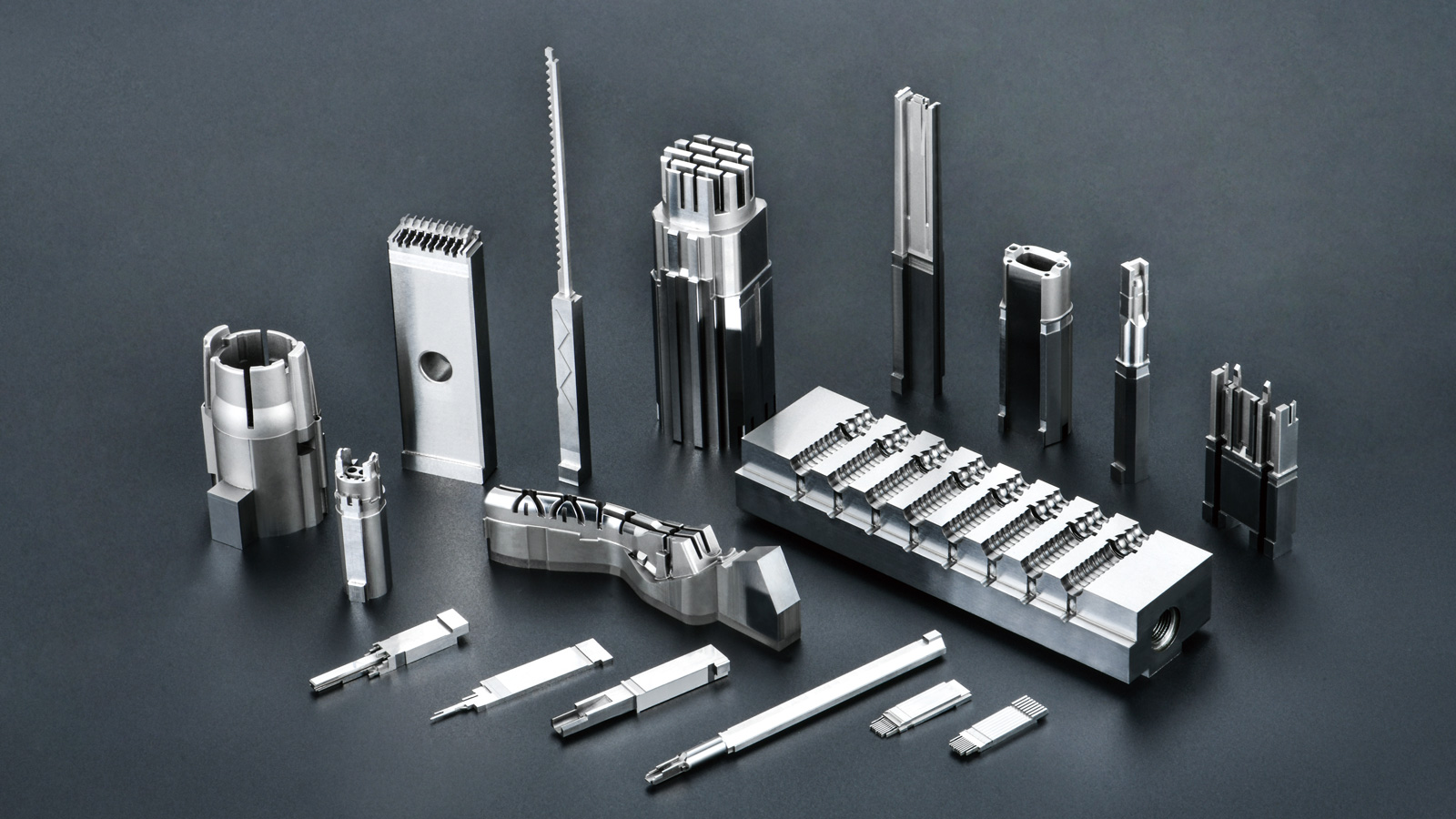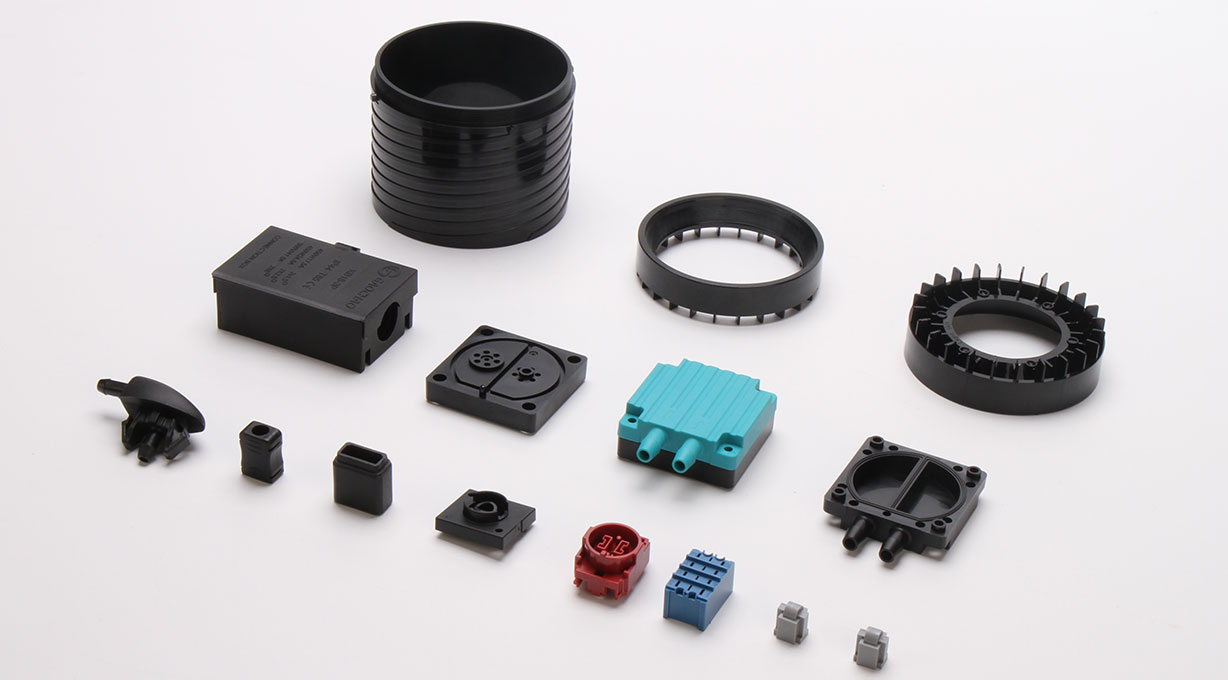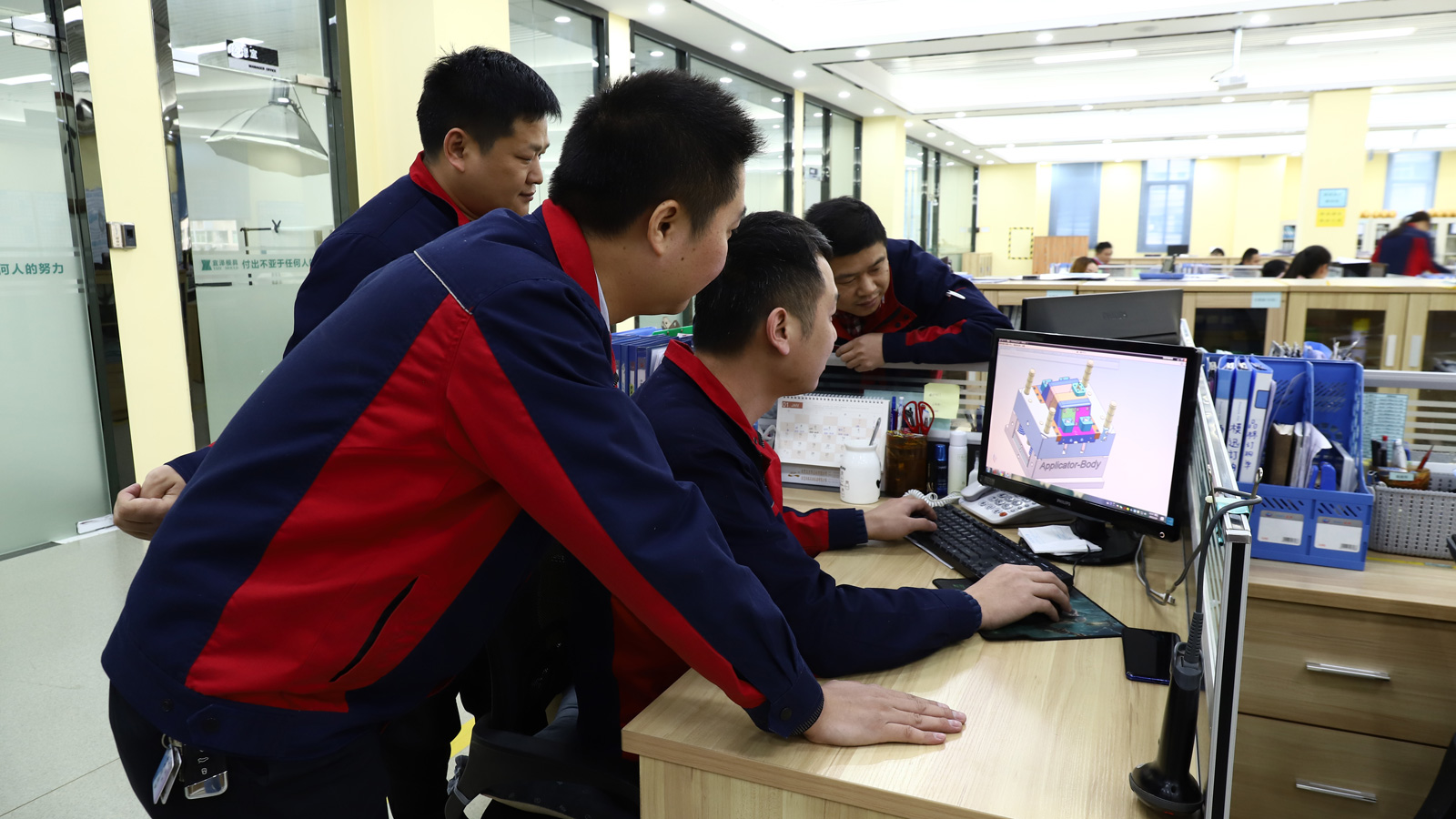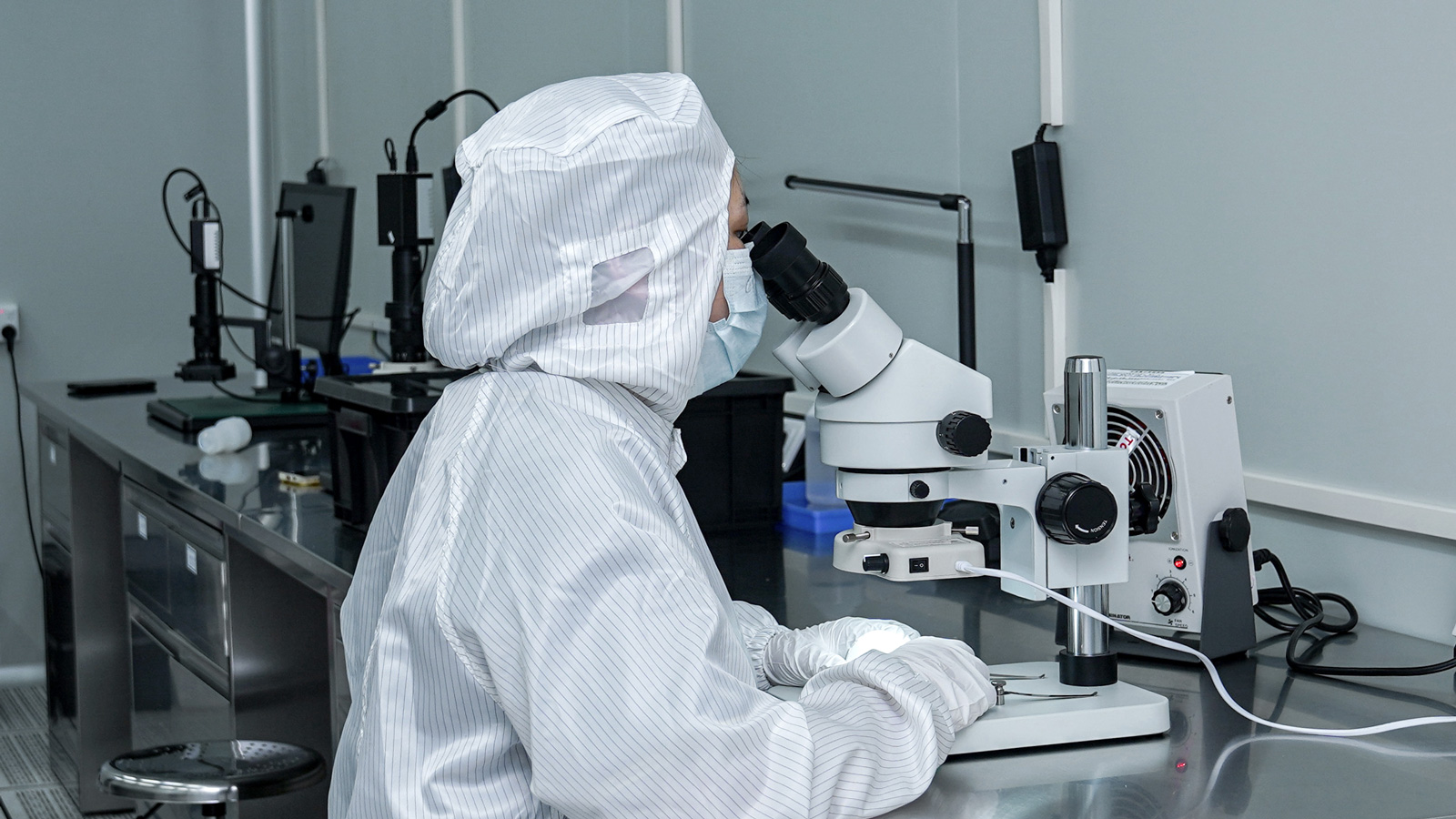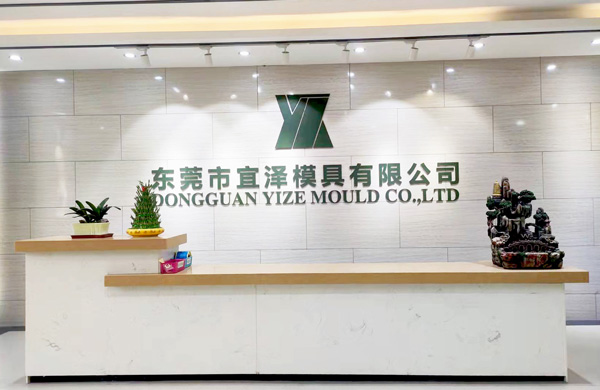In the field of plastic mold design, every step demands meticulous attention, as even a minor oversight can lead to detours in the design process. To ensure a smooth and efficient design journey, it is crucial to confirm a series of key projects that influence the structure of plastic molds before commencing the design work. Below, we will delve into the specific steps of plastic mold design.
1. Confirmation of Injection Molding Machine Information: Laying the Foundation for Design
The first and foremost task is to clarify the tonnage and model of the injection molding machine used for producing the customer’s products. This confirmation is of utmost importance as it directly impacts multiple critical parameters of mold design. If this step goes awry, subsequent parameters such as the diameter of the feed inlet mold, the diameter of the locating ring, the size and position of the ejector pin holes, the depth of the functional injection mold, and even the closing height of the plastic mold size cannot be accurately determined. For instance, a mismatch between the injection molding machine tonnage and mold design may result in insufficient or excessive injection pressure, thereby affecting the molding quality of the product. Therefore, precise confirmation of injection molding machine information is the cornerstone of successful mold design.
2. Consideration of Injection Molding Machine Encoding Methods: Adapting to Mold Design
Understanding the encoding method of the customer’s injection molding machine is also a vital step in the design process. Common encoding methods include clamp plate molds, screw-encoded molds, hydraulic-encoded molds, and magnetic-encoded molds. Different encoding methods impose varying requirements on mold design. By clarifying the encoding method, we can determine whether the mold design needs to incorporate codes, screws, through-holes, or mold slots. For example, when using a hydraulic-encoded injection molding machine, the mold design may need to consider the interface and connection method with the hydraulic system to ensure seamless integration between the mold and the injection molding machine for efficient production.

3. Analysis of Product Issues: Optimizing Design Basis
Conducting an in-depth analysis of the product is an indispensable step in mold design. We need to focus on potential product issues such as parting lines, product materials, and shrinkage rates. We should also strive to familiarize ourselves with the product’s assembly relationship and intended use whenever possible. Taking parting lines as an example, by analyzing their causes, we can implement corresponding measures in the mold design, such as optimizing the gate position and adjusting the mold parting surface, to reduce or eliminate parting lines and enhance the product’s appearance quality. Meanwhile, understanding the product material and shrinkage rate helps us accurately calculate the mold dimensions to ensure dimensional accuracy after product molding.
4. Planning of External Parameters: Ensuring System Stability
When designing the mold, it is essential to fully consider external parameters such as water channels, oil circuits, and gas circuits. The rationality of these parameter designs directly affects the mold’s performance and product quality. Generally, there is a specific priority order for the four-circuit design. First and foremost, it is crucial to ensure balanced oil distribution, as oil plays a pivotal role in lubrication and cooling during mold operation. Especially at the top of the cylinder in the plastic mold structure, if the oil distribution is unbalanced, the cylinder’s movement will be compromised, leading to unstable product ejection. Although gear oil can also be used, it complicates the system. The second priority is water circuit design, which ensures the mold’s cooling effect. Uneven water circuit distribution can result in inconsistent local cooling of the product, affecting both product quality and mold lifespan. Lastly, gas circuit design is considered. The placement order on the mandrel is typically the circuit closest to the TOP, followed by water and gas, with the gas circuit generally located at the bottom of the circuit. Reasonable planning of external parameters guarantees the stable operation of various mold systems, enhancing production efficiency and product quality.
5. Integrating Information to Initiate Design
After confirming and analyzing the aforementioned information, we have gathered the key data required for plastic mold design. At this point, we can officially commence the design work of the injection molding mold. During the design process, it is essential to comprehensively apply our knowledge and experience, incorporating the confirmed information into every detail of the mold design to ensure that the mold not only meets production requirements but also possesses characteristics of high efficiency, stability, and durability.
In conclusion, plastic mold design is a systematic and complex process, with each step intricately linked and mutually influential. Only by strictly adhering to the design steps and diligently confirming every key project can we design high-quality plastic molds that provide robust support for product production. It is hoped that the above content can offer some valuable insights for practitioners in the mold design field.
